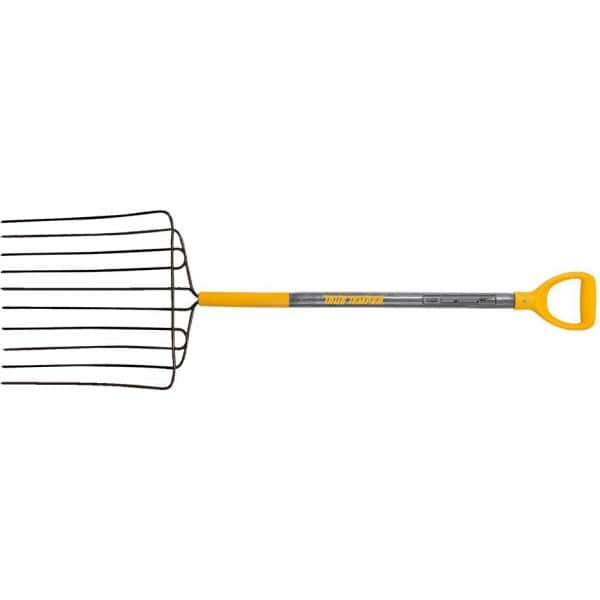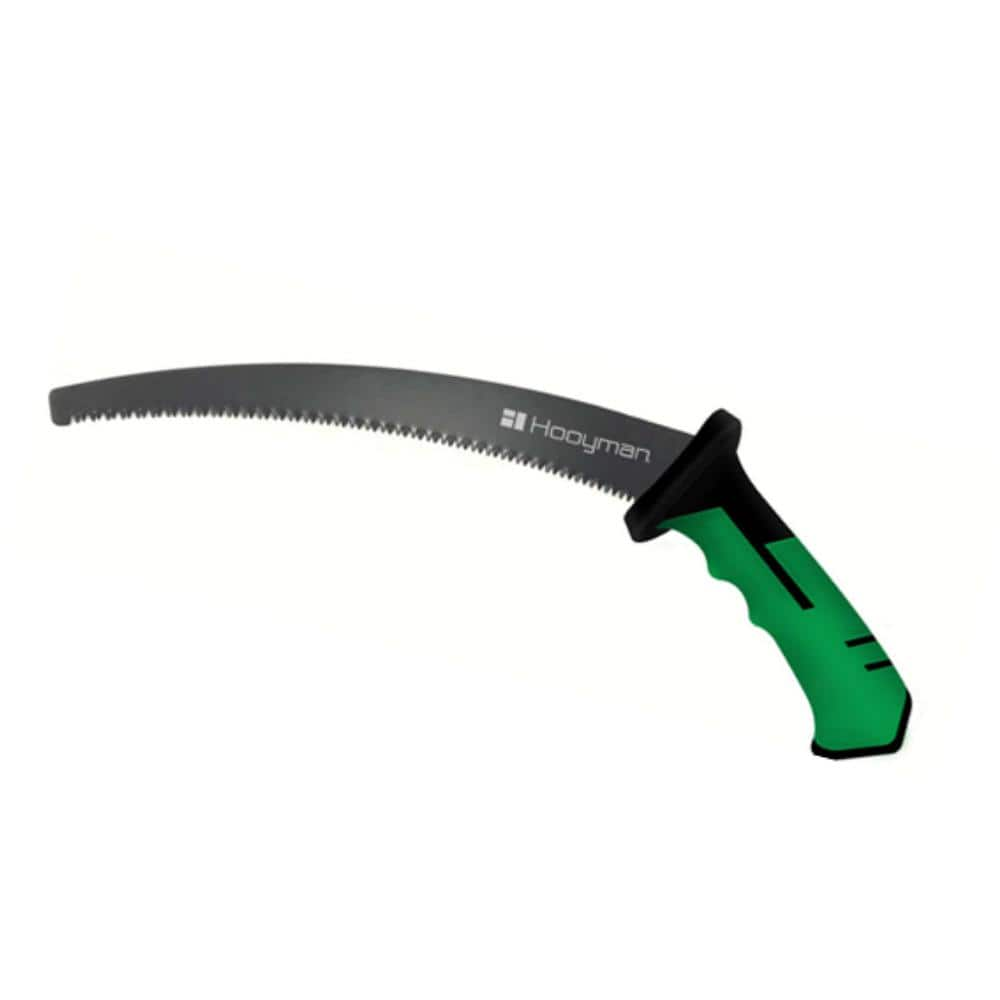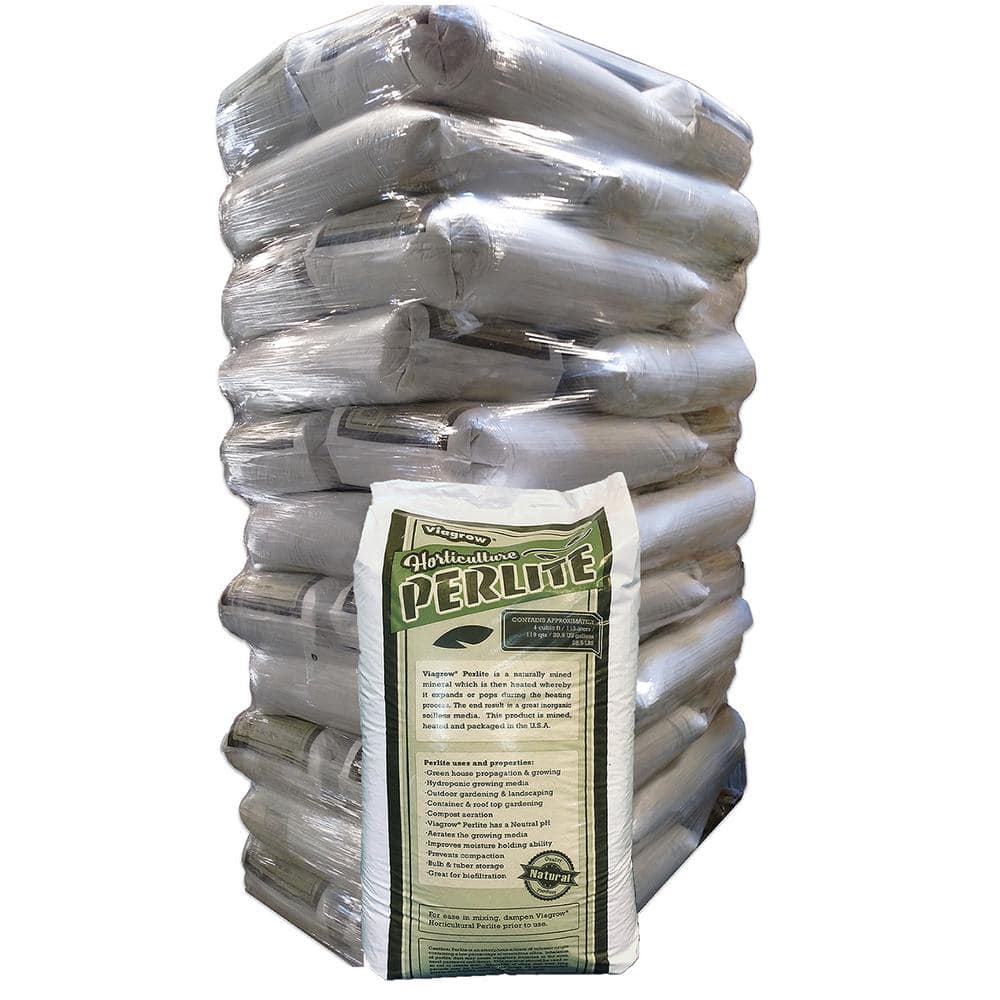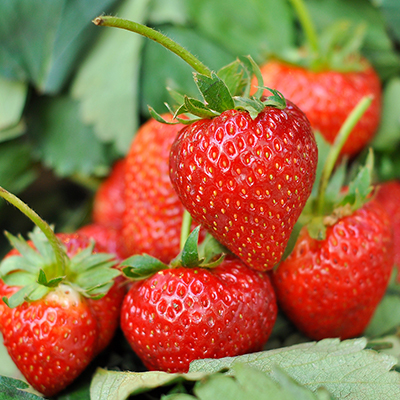How to Grow Blueberries

Last updated September 7, 2023
One of the easiest to grow fruits is also one of the very best foods, both in flavor and health benefits. Blueberries are a superfood, packed with disease-busting goodness in every millimeter of their blue skins.
There are three types of blueberry plants: low-growing bushes, highbush varieties, and rabbit-eye blueberries, which are bred for success in Southern locations.
Because blueberries are not self-pollinating, you will need to plant more than one variety in your garden. In fact, with some research, you can select early, middle and late varieties that will produce successively from late spring until summer’s end.
Table of Contents
Tips for Growing Blueberries
Pruning Blueberries
Harvesting Blueberries
Tips for Growing Blueberries
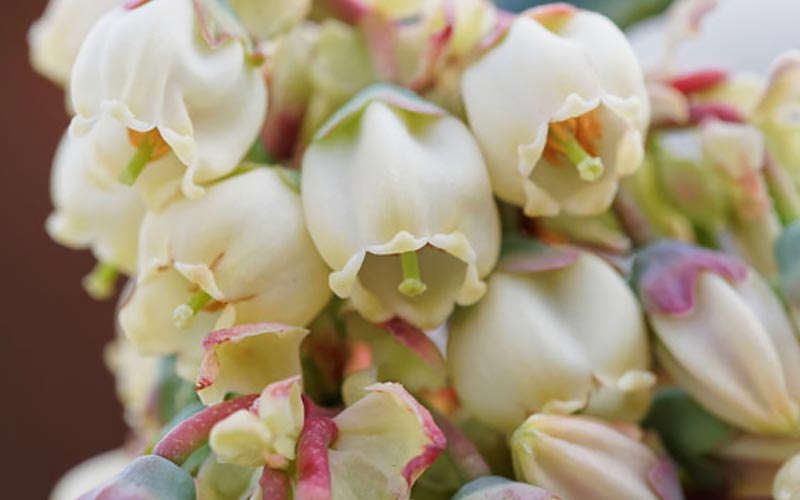
- Plant blueberries in early spring in colder climates, late fall in warmer areas. Choose a location that gets lots of sunlight and has good drainage. Although blueberries will tolerate some shade, more sunshine equals more fruit.
- Blueberries like their soil acidic, so surround them with organic matter that will decompose and nourish the roots. The plants like a pH between 3.5 and 5.5, preferring 4.5. Have the soil tested if you’re unsure, either through your local Cooperative Extension Service or a soil test kit. If the soil is too alkaline, amend it with aluminum sulfate or by adding acidic organic matter such as decaying leaves or peat moss.
- Proper air circulation will reduce disease and pest problems. Plant highbush varieties 6 feet apart so that sunlight can reach all the fruit; 2 feet apart is sufficient for lowbush varieties.
- Take extra care the first year by watering heavily, and continue when fruit appears. At the first sign of fruiting, top dress with composted manure.
- Birds like blueberries, too, and will go after the fruit just as soon as it turns sweet. Drape netting over the bushes to protect the fruit. You could also plant the shrubs close to your home where more foot traffic may discourage the birds.
Pruning Blueberries
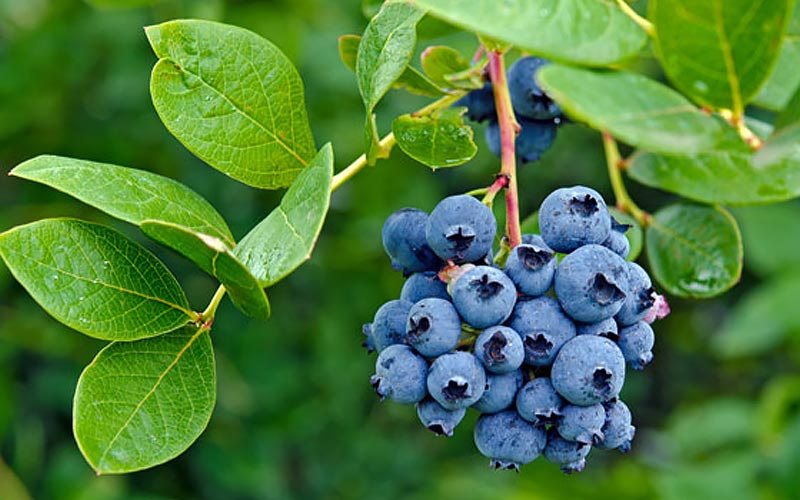
Annual pruning of healthy blueberry bushes ensures stable yields of fruit year to year and helps eliminate pests and diseases.
There will be no need to prune in the first couple of years. Instead, rub off the fruit buds to promote vegetative growth. You can also prune the tips of the shoots when the flower buds appear.
Prune in early spring of the third year — waiting until after the harvest can make the bushes susceptible to injury in winter’s cold. Trim away dead branches without fruiting buds, down to the base of the plant. Keep a half dozen or so fruit-bearing canes per bush.
Blueberries are bred for pest and disease resistance, but if you have a good site and quality plants and still encounter problems, try a little extra TLC with a blanket of mulch. Promptly trim away diseased branches and be sure to wipe down the pruners between cuts.
Tip: Keep your pruners clean between cuts with alcohol wipes or a spray of Lysol. This will keep diseases from spreading.
Harvesting Blueberries

You’ll know that blueberries are ripe when they are plump and colored a deep blue with a dusting of gray. Any hint of red means the berry is still tart and not yet sweet. White and green colored blueberries, while beautiful, are not ripe and need more time on the bush. Blueberries with a bit of red or purple will ripen at room temperature after they are picked.
When grown organically, you can eat blueberries out of hand, right off the bush.
Blueberries also freeze well. Spread out unwashed berries (washing removes the waxy bloom that protects the berries) on a sheet pan and freeze overnight. Place frozen berries in containers or freezer bags, label and tuck away to be enjoyed later.
Whether you need the right planters, seeds or potting soil, The Home Depot delivers
online orders
when and where you need them.



